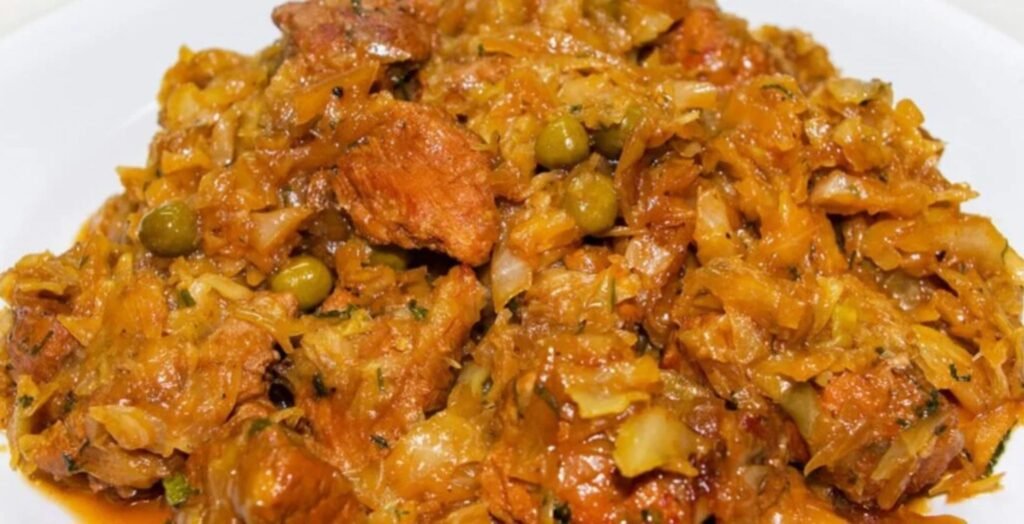Let’s go on a tasty adventure to Arunachal Pradesh, a beautiful state in northeastern India.
You’ll find yummy foods there that have unique flavors and are different from what you’re used to.
Among the many culinary treasures of this region is the delightful Chura Sabji, a dish that reflects the rich cultural heritage and vibrant flavors of the local cuisine.
Origin of Chura Sabji
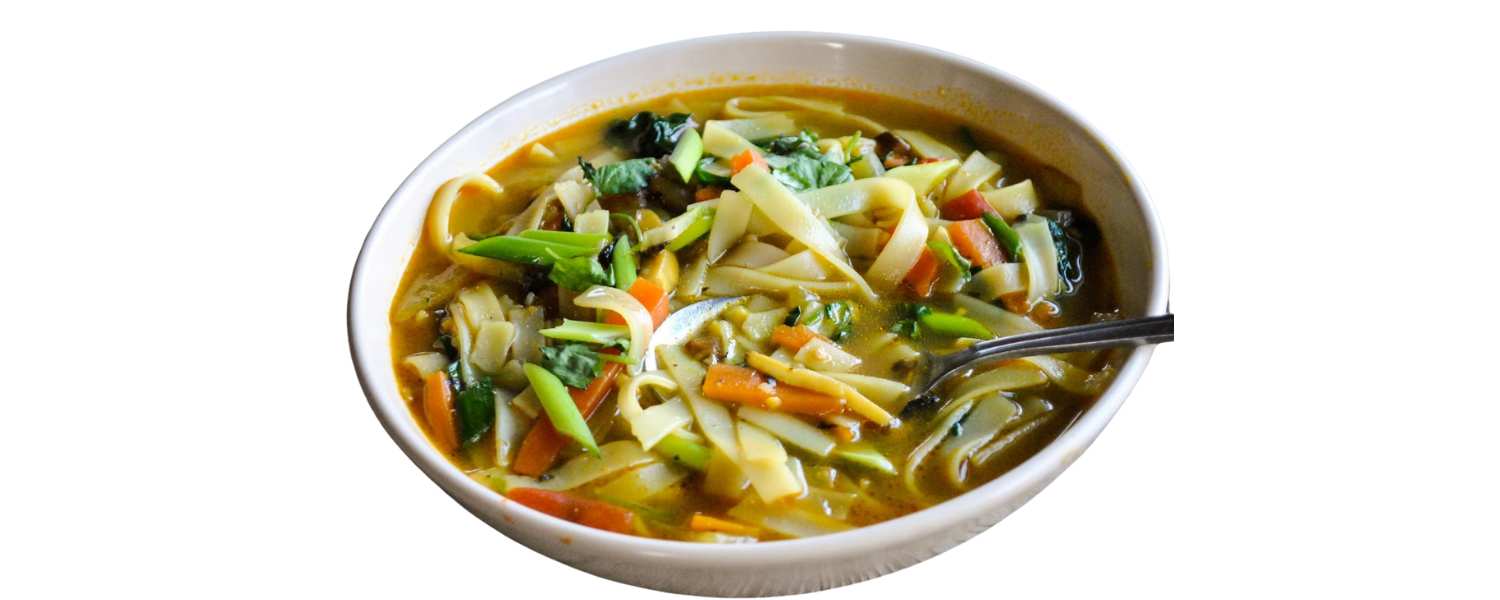
The origin of Chura Sabji can be traced back to the indigenous tribes of Arunachal Pradesh, a northeastern state of India.These tribes have been preparing this dish for generations, passing down traditional recipes from one generation to the next.The dish originated as a simple yet flavorful way to use locally available ingredients, particularly flattened rice (chura) and various vegetables.
In the traditional lifestyle of the Arunachal Pradesh tribes, agriculture plays a significant role, and vegetables are a staple part of their diet.Chura Sabji emerged as a way to combine these vegetables with rice, creating a satisfying and nutritious meal.Over time, the dish became ingrained in the region’s culinary traditions, often prepared during festive occasions, family gatherings, and everyday comfort food.
The preparation of Chura Sabji reflects the resourcefulness and creativity of the indigenous communities, as they utilize ingredients readily available in their surroundings.The dish serves as a source of sustenance and a symbol of cultural identity, preserving the culinary heritage of Arunachal Pradesh.
Traditional Ingredients Used
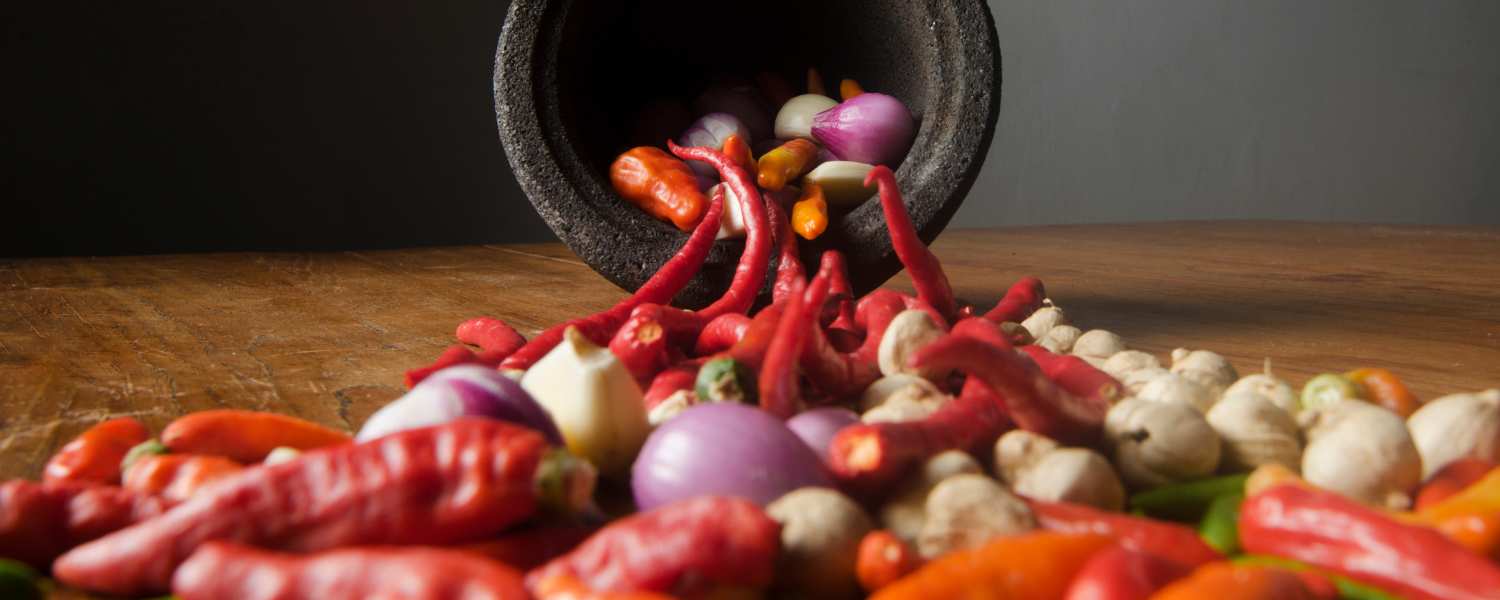
The key ingredients used in Chura Sabji reflect the agricultural abundance of Arunachal Pradesh and its people’s resourcefulness.
The traditional recipe typically includes
1. Flattened Rice (Chura)
This forms the base of the dish and provides a hearty texture.
Flattened rice, or poha or chura, is made from parboiled rice flattened into thin flakes.
2. Local Vegetables
Various locally sourced vegetables add flavor, color, and nutrition to the dish.
Common vegetables include potatoes, peas, carrots, beans, cauliflower, and leafy greens such as spinach or mustard.
Different vegetables can be chosen based on what’s in season and what you like.
3. Spices
A blend of traditional spices is used to season the dish and enhance its flavor profile.
Common spices include turmeric, cumin seeds, coriander powder, red chili powder, and asafoetida (hing).
These spices make the dish richer and give it a nice smell that excites your taste buds.
4. Oil
Mustard oil or any other locally available cooking oil is used to sauté the vegetables and add richness to the dish.
5. Salt
Salt is put in depending on how you like the taste to make sure the veggies and rice taste good.
These traditional ingredients create a wholesome, flavorful, and nutritious dish.
The use of locally sourced ingredients reflects the sustainable and self-sufficient lifestyle of the indigenous communities of Arunachal Pradesh.
Cultural Significance
Chura Sabji is highly culturally important in Arunachal Pradesh and is deeply ingrained in the region’s culinary heritage and social fabric. Its cultural significance is observed in various aspects:
1. Traditional Cuisine
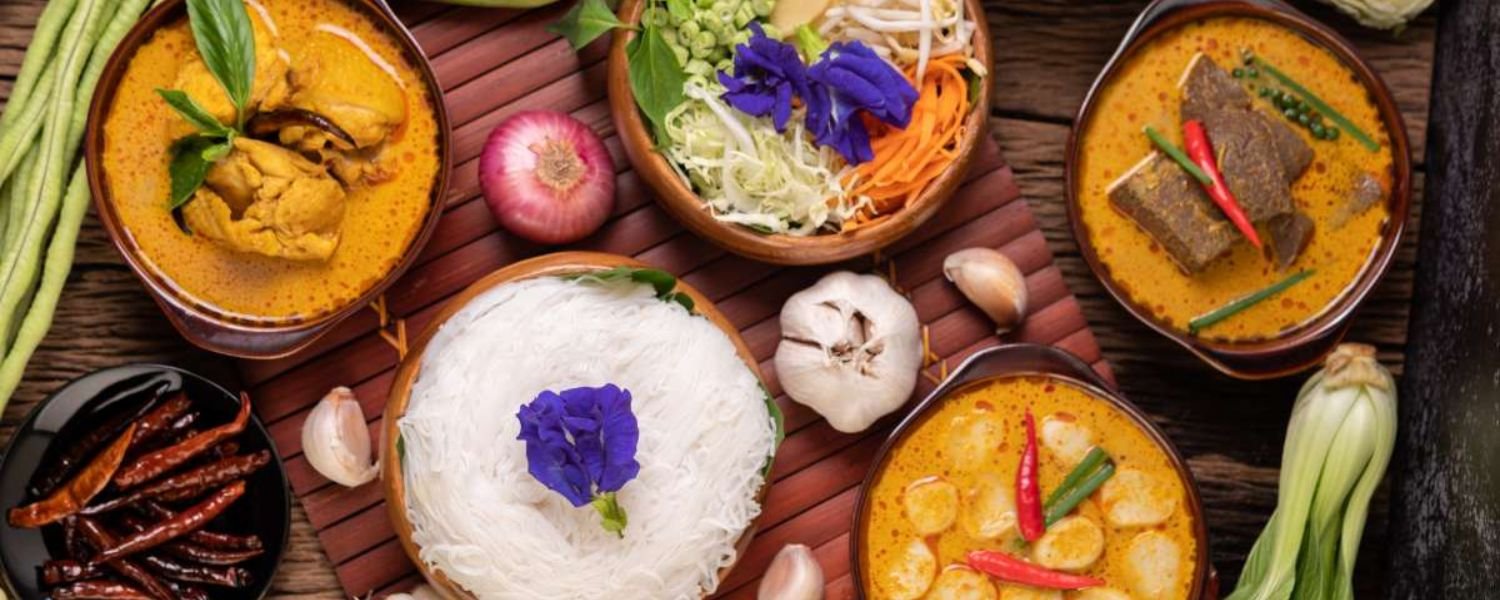
As a staple dish of the indigenous tribes, Chura Sabji represents the conventional cuisine of Arunachal Pradesh.
It reflects the culinary preferences, cooking techniques, and flavor profiles passed down through generations.
2. Community Bonding

Preparing and sharing Chura Sabji often fosters community bonding and strengthens social ties.
It is commonly prepared during festivals, celebrations, and gatherings, where friends and family enjoy a communal meal.
3. Cultural Identity

Chura Sabji symbolizes cultural identity, showcasing the region’s unique flavors and ingredients.
It distinguishes Arunachal Pradesh’s cuisine from other culinary traditions and serves as a point of pride for the local communities.
4. Seasonal Celebrations
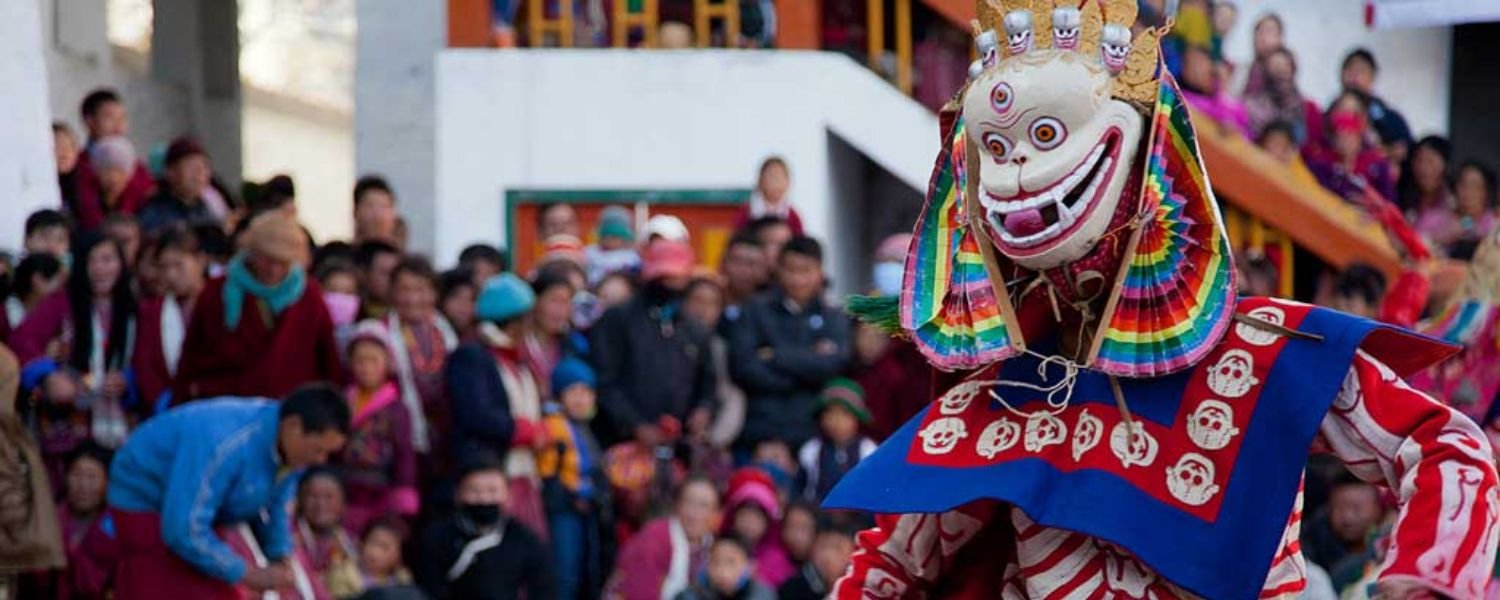
The consumption of Chura Sabji may be associated with seasonal festivals and agricultural rituals, reflecting the close connection between food and nature in traditional societies. For example, the dish may feature prominently during harvest festivals to celebrate abundance and prosperity.
5. Passing Down Traditions
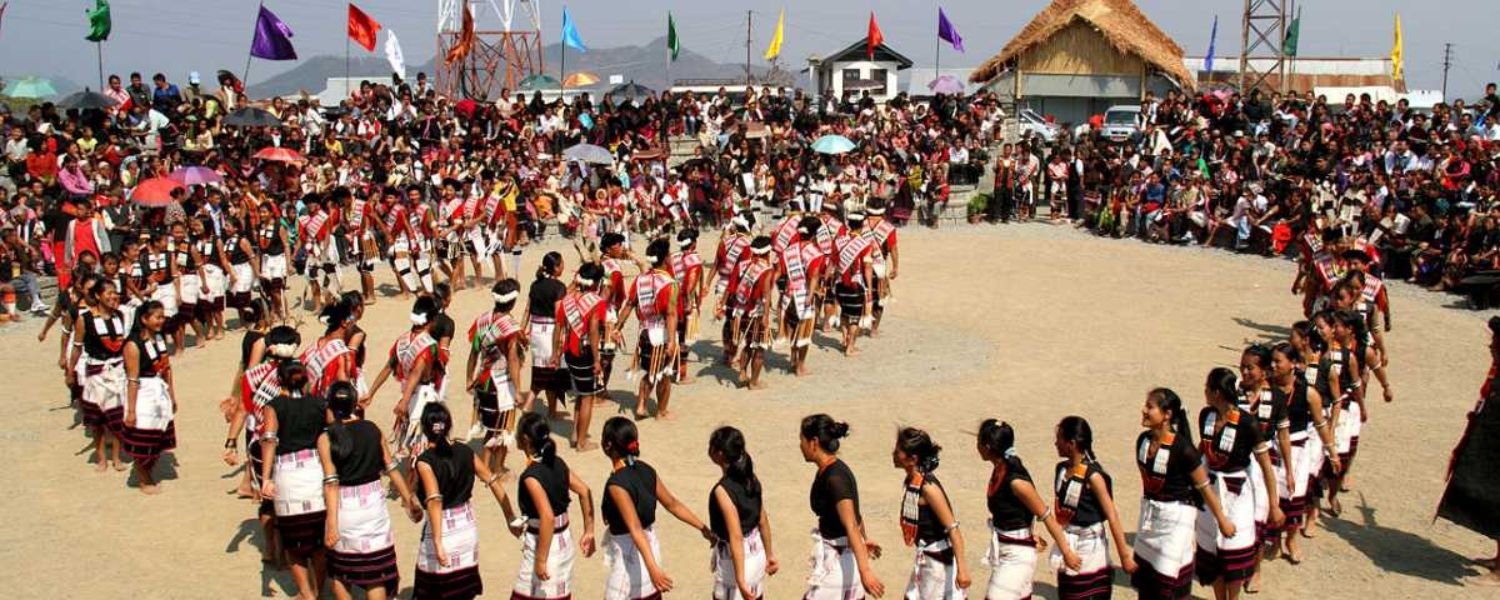
The preparation of Chura Sabji often involves traditional cooking methods and techniques passed down from elders to younger generations.
Through the sharing of recipes and culinary practices, cultural traditions associated with the dish are preserved and transmitted over time.
Overall, Chura Sabji isn’t just yummy food. It’s also a special symbol of the people, traditions, and how folks interact in Arunachal Pradesh.
Seasonality and Availability
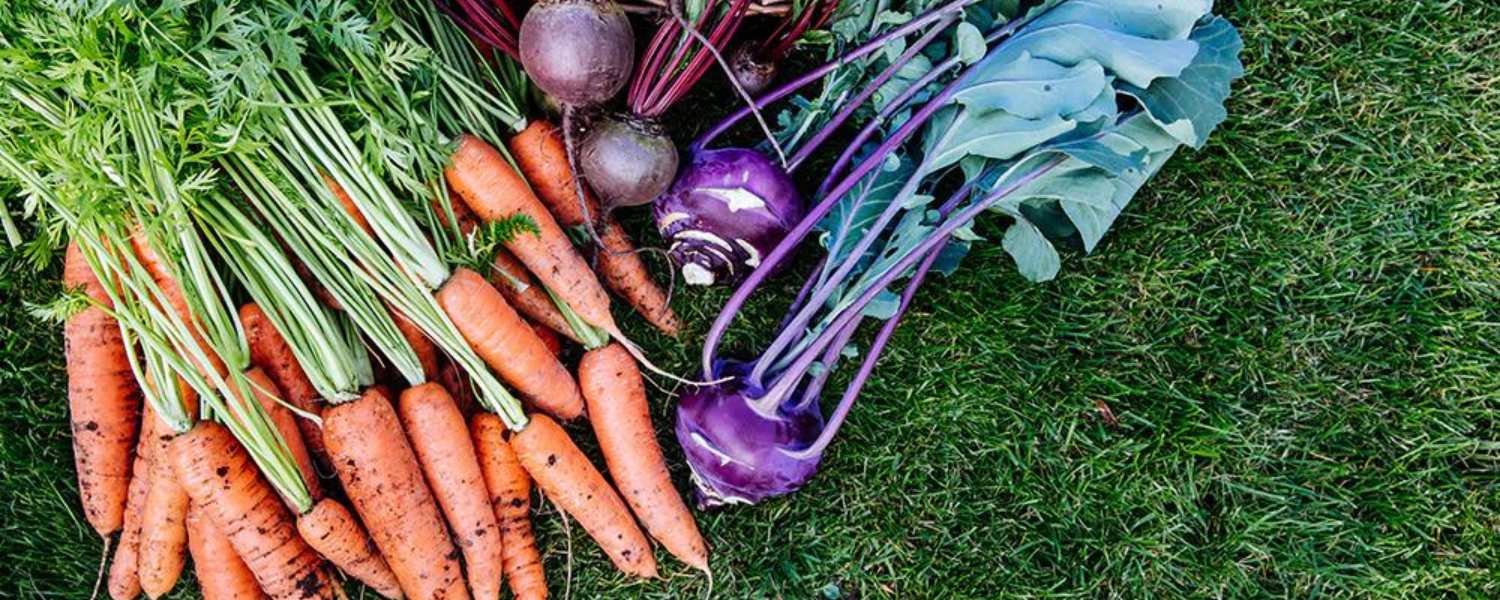
The seasonality and availability of ingredients play a significant role in preparing Chura Sabji in Arunachal Pradesh.
As a dish deeply rooted in the region’s agricultural heritage, it reflects the seasonal variations in the availability of fresh produce.
Here’s a closer look at the seasonality and availability of key ingredients:
1. Vegetables
The selection of vegetables used in Chura Sabji may vary depending on the season.
While some vegetables, like potatoes and carrots, are available year-round due to their longer shelf life, others, such as peas, beans, and leafy greens, are more seasonal.
For example, peas and beans may be abundant during winter, while leafy greens thrive in the monsoon season.
2. Flattened Rice (Chura)
Flattened rice, the primary ingredient of the dish, is generally available throughout the year as it is a staple in the local diet.
However, the quality and freshness of flattened rice may vary depending on factors such as harvesting seasons and storage conditions.
3. Spices
Many spices used to flavor Chura Sabji are dried and stored for year-round use.
However, certain spices like fresh green chilies or cilantro may be more readily available during specific seasons when they are in peak harvest.
4. Other Ingredients
Additional cooking oil and salt ingredients are usually available year-round and do not exhibit significant seasonal variations.
Regional Variations in Preparation
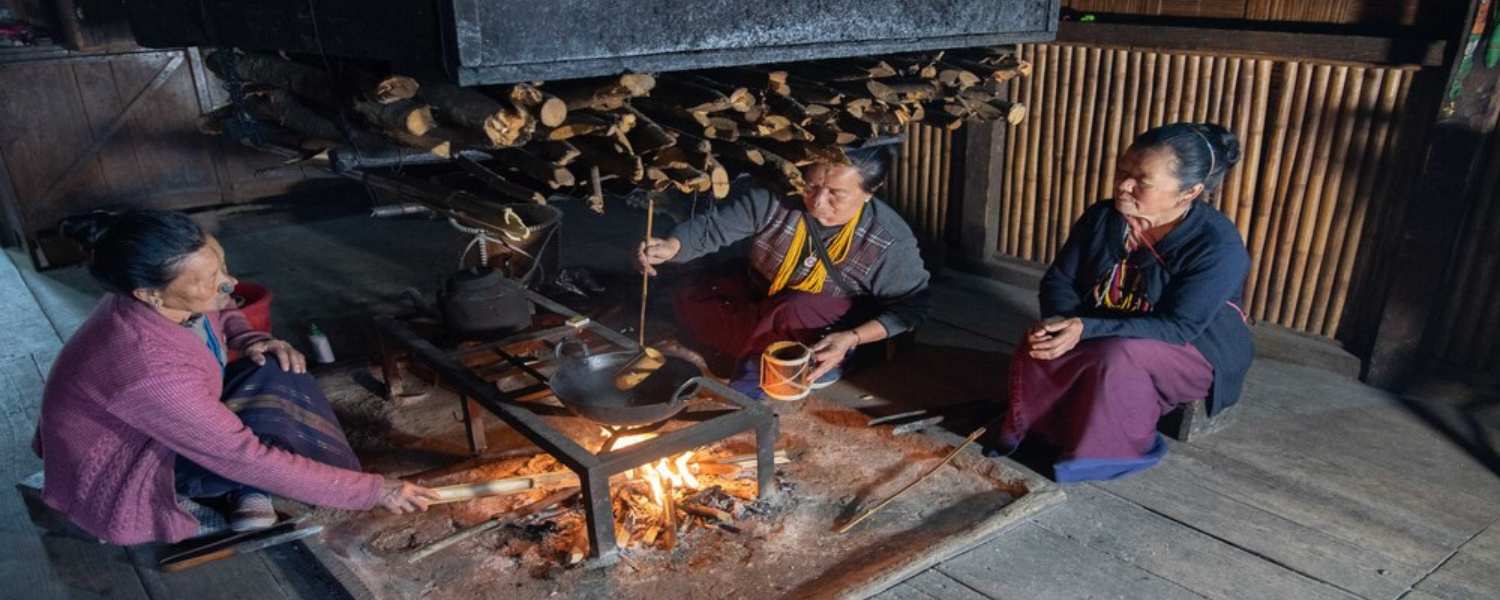
Regional variations in the preparation of Chura Sabji add a diverse and dynamic dimension to the culinary landscape of Arunachal Pradesh.
While the basic recipe remains consistent across the region.
Variations in ingredients and cooking techniques reflect different communities’ cultural diversity and local preferences.
Here are some notable regional variations:
1. Choice of Vegetables
Different regions may incorporate local or seasonal vegetables into their Chura Sabji.
For example, people in the eastern areas of Arunachal Pradesh may use ingredients such as bamboo shoots or ferns.
Which add unique flavors and textures to the dish.
In contrast, western regions might prefer vegetables like pumpkin or squash.
2. Spice Profiles
The blend of spices used to season Chura Sabji can vary from region to region, reflecting regional taste preferences and culinary traditions.
While some areas may opt for a spicier flavor profile with more chili peppers and savory spices, others may prefer a milder, more aromatic seasoning.
3. Cooking Techniques
Although the primary cooking method involves sautéing vegetables with spices and mixing them with softened flattened rice, the specific cooking techniques may differ.
Some regions might prefer a quick stir-fry, while others may slow-cook the dish to allow the flavors to meld together more deeply.
4. Accompaniments
The choice of accompaniments served alongside Chura Sabji can also vary regionally.
While some areas may serve it with traditional condiments like chutneys or pickles made from locally available ingredients, others might pair it with yogurt or fresh salad.
5. Influence of Tribal Traditions
Within Arunachal Pradesh, different tribal communities may have unique variations of Chura Sabji influenced by their cultural practices and culinary traditions.
These variations can range from subtle differences in ingredient proportions to entirely distinct preparation methods.
Cooking Methods
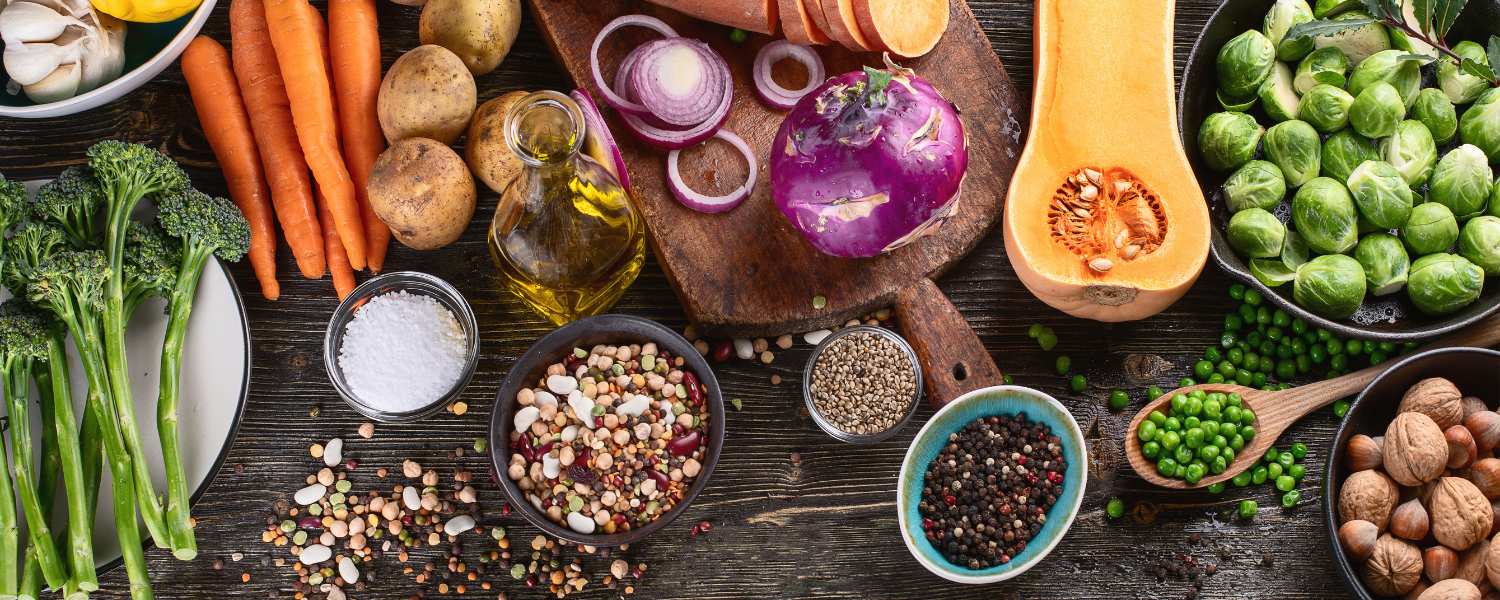
The cooking methods for preparing Chura Sabji are straightforward, emphasizing simplicity and efficiency.
Here’s a step-by-step guide to the traditional cooking process:
1. Preparation of Ingredients
Wash the flattened rice (called chura) well with cold water.
This helps get rid of any dirt or extra starch.
Then, make sure to let it drain properly.
Cut the vegetables you like into small, bite-sized pieces.
Common vegetables include potatoes, peas, carrots, beans, cauliflower, and leafy greens.
2. Softening the Flattened Rice
Place the rinsed flattened rice in a bowl and cover it with water.
Let it soak for a few minutes until it softens. Drain any excess water and set aside.
3. Sautéing the Vegetables
Put oil in a pan or skillet and warm it on medium heat.
Commonly, people use mustard oil for its distinct flavor, but they can also use cooking oil.
Add cumin seeds to the hot oil and allow them to sizzle for a few seconds until fragrant.
I added chopped onions (if using) and sautéd until they turned translucent.
After adding harder vegetables like potatoes and carrots, allow them to cook for a few minutes until they soften.
Add the remaining vegetables, such as peas, beans, or leafy greens.
Combine the veggies with turmeric, coriander powder, red chili powder, and salt.
Stir the spices well to ensure they nicely cover all the veggies.
4. Combining with Flattened Rice
Once the vegetables reach your desired level of cooking, place the softened flattened rice in the pan.
Gently mix the vegetables to ensure the rice is evenly distributed among them.
Cook for a few more minutes, allowing the flavors to meld together and the excess moisture to evaporate.
Be careful not to overcook the rice, as it should retain its texture and not become mushy.
5. Finishing Touches
Taste the Chura Sabji and adjust the seasoning if necessary.
You can squeeze lemon juice or sprinkle fresh herbs like cilantro for added freshness and flavor.
6. Serving
If desired, serve the cooked chura sabji hot and garnish it with additional chopped cilantro or green chilies.
It pairs well with steamed rice and bread or is a satisfying snack or light meal.
By following these simple cooking methods, you can create a delicious and comforting Chura Sabji that highlights the natural flavors of the vegetables and spices.
Feel free to customize the dish according to your taste preferences and ingredient availability.
Accompaniments and Serving Suggestions
You can enjoy Chura Sabji independently or pair it with various accompaniments to enhance your dining experience.
Here are some popular accompaniments and serving suggestions to complement this delightful dish:
1. Steamed Rice

Serve Chura Sabji alongside steamed white or brown rice for a complete and satisfying meal.
Mixing soft rice with tasty sabji makes a yummy and healthy meal that everyone will enjoy.
2. Indian Bread (Roti, Paratha, or Naan)
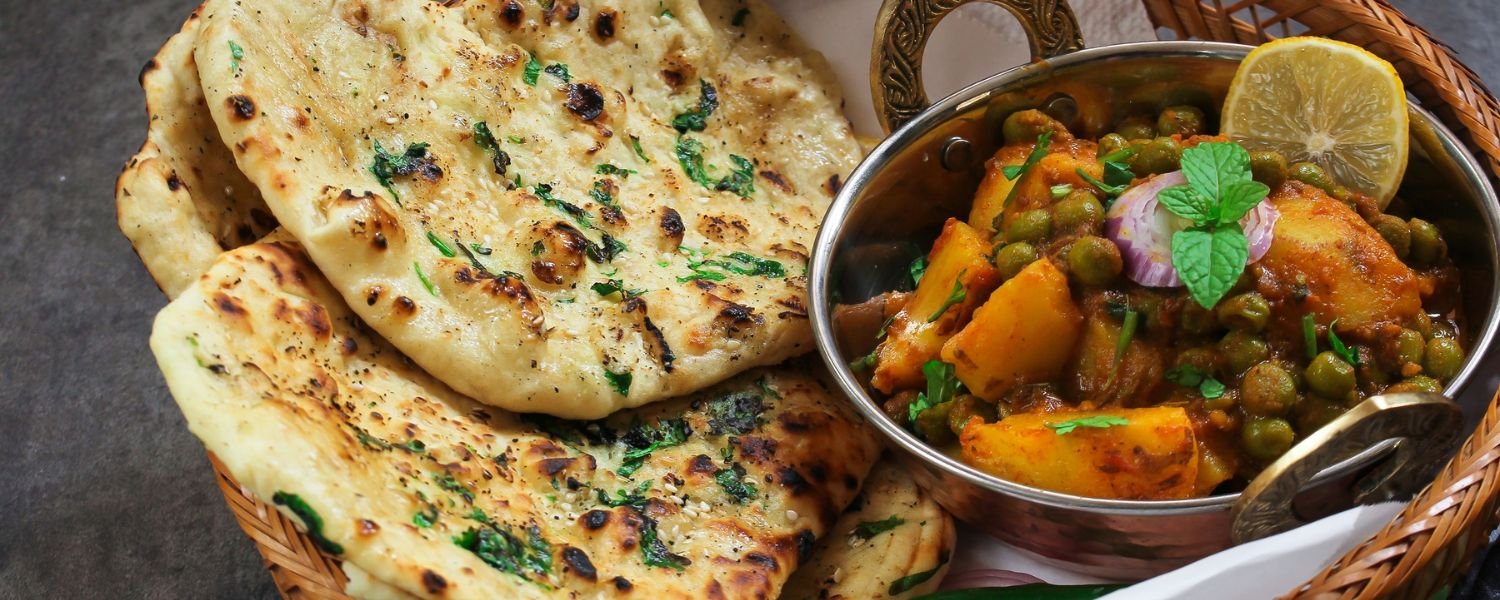
For a comforting and wholesome meal, pair Chura Sabji with freshly made Indian bread such as roti, paratha, or naan.
The bread’s soft and chewy texture complements the sabji’s savory flavors, making it a perfect match.
3. Fresh Salad
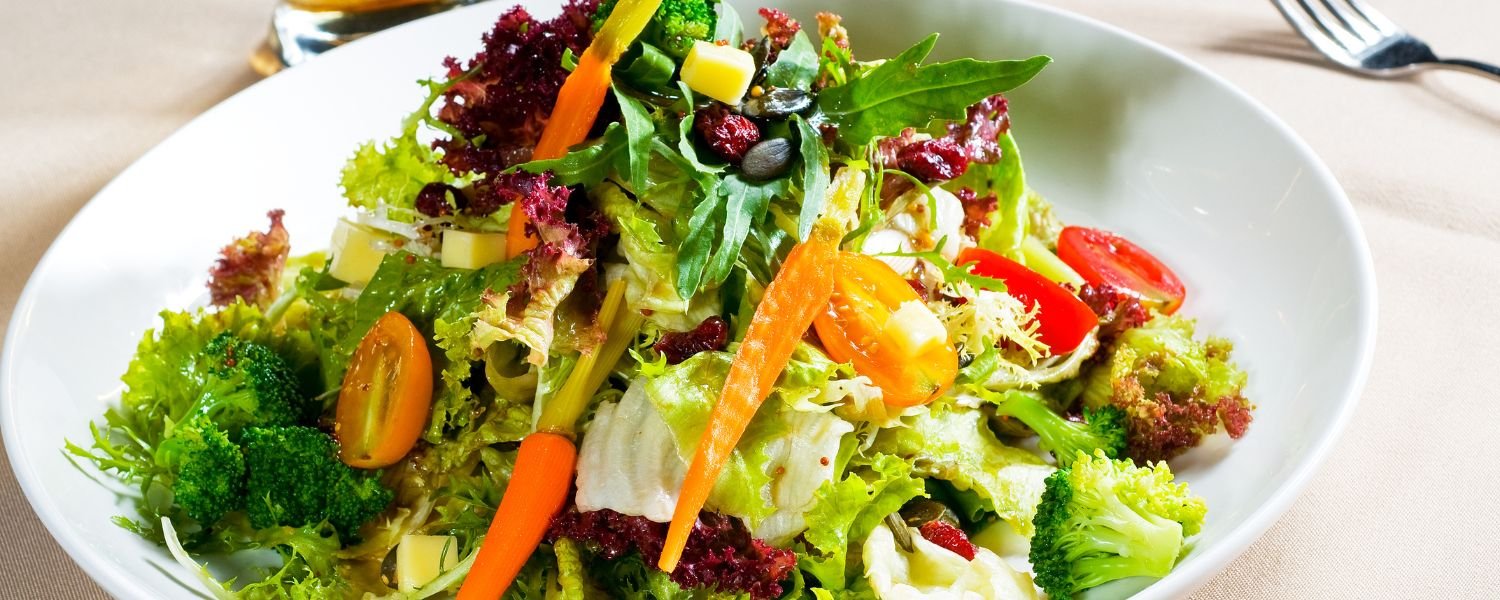
Put a fresh salad next to your Chura Sabji to make your meal more refreshing.
Fresh lettuce, cucumber, tomatoes, onions, and carrots make a tasty salad.
Add some lemon juice and sprinkle a bit of salt and pepper to make it tasty and good for you.
4. Pickles and Chutneys
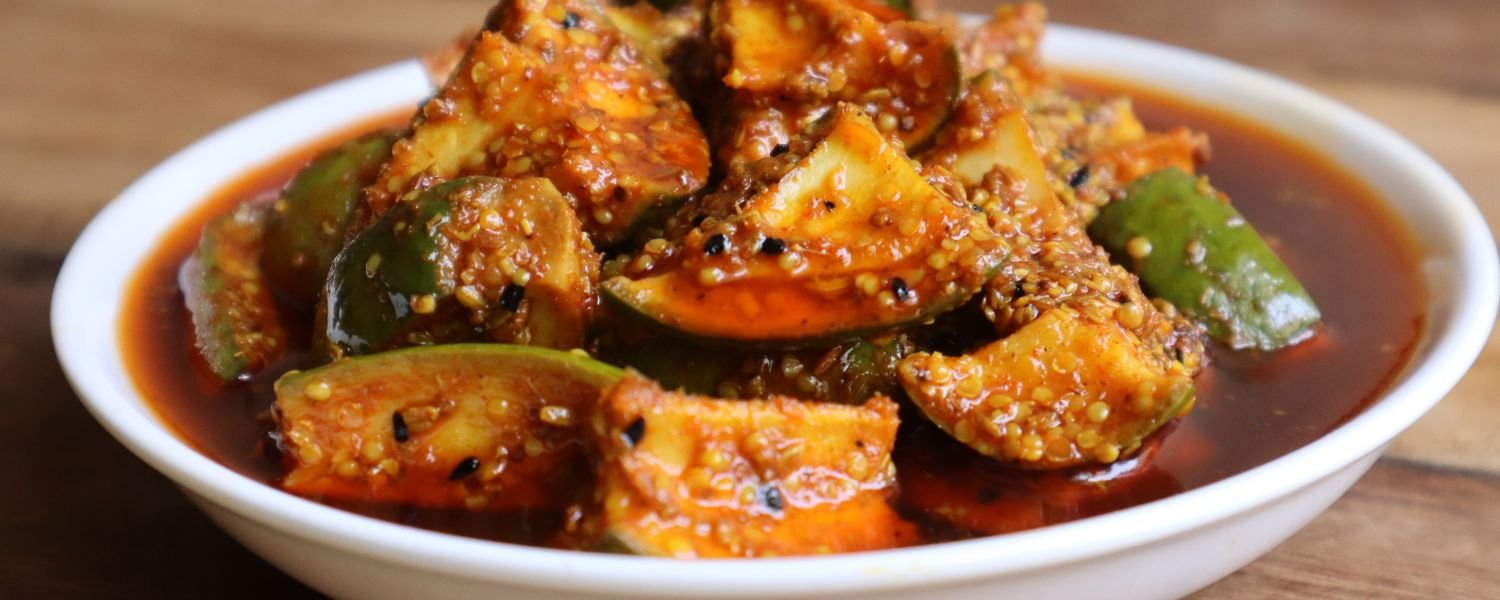
Enhance the flavor profile of Chura Sabji by serving it with various pickles and chutneys.
Choose from a tangy mango pickle, spicy lime pickle, or sweet and sour tamarind chutney to add depth and complexity to each bite.
5. Yogurt Raita
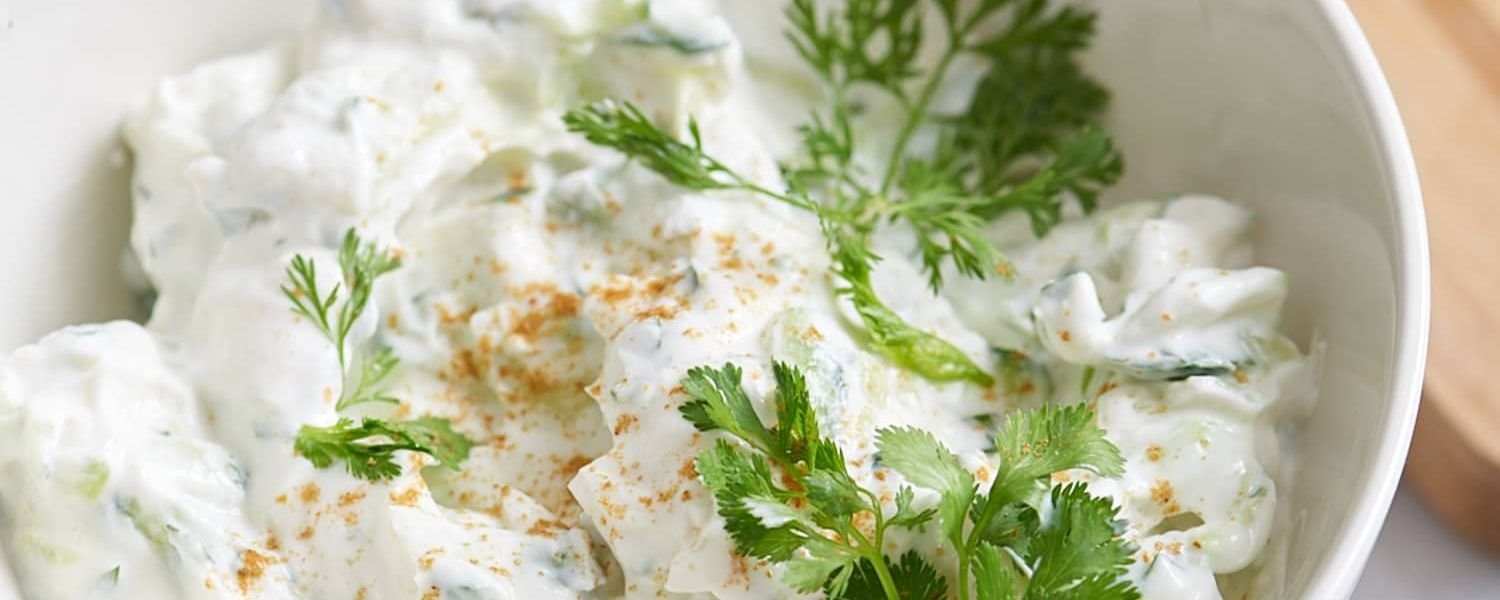
Cool the spices’ heat with a creamy yogurt raita.
Mix plain yogurt with finely chopped cucumbers, tomatoes, onions, mint, and a pinch of roasted cumin powder and salt to create a refreshing and cooling accompaniment that complements the bold flavors of the sabji.
6. Fresh Herbs and Garnishes
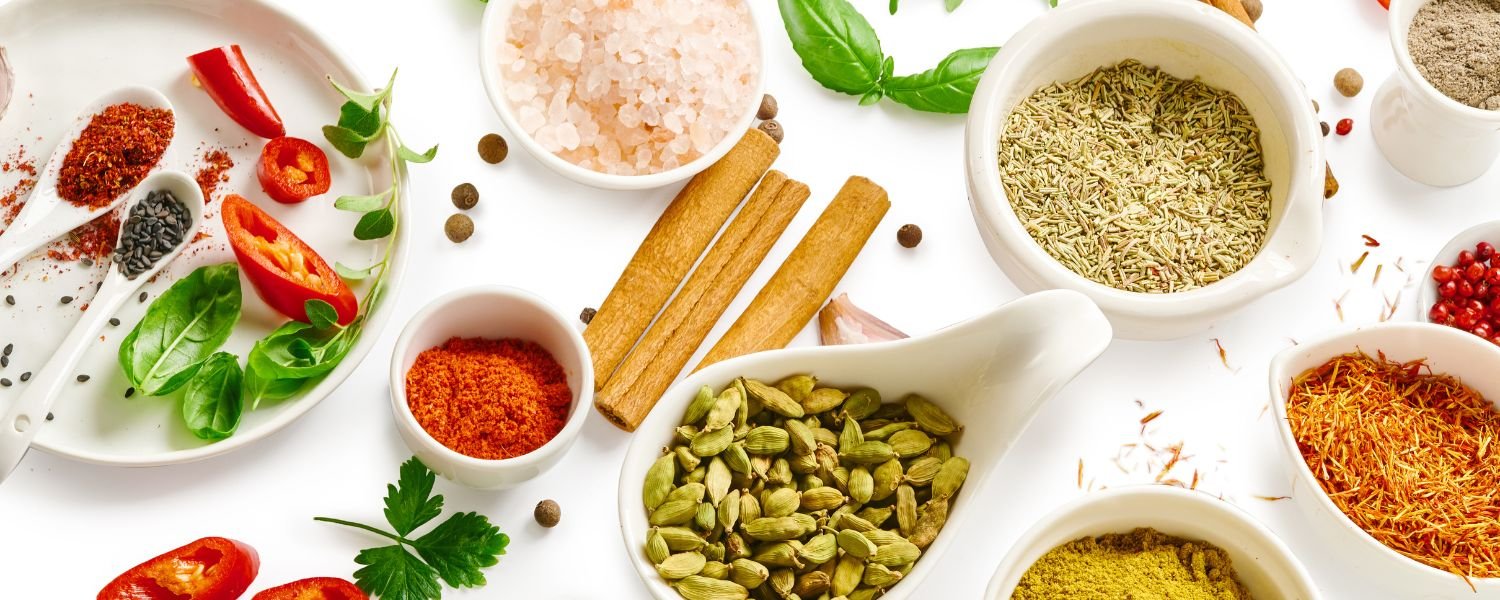
Sprinkle freshly chopped cilantro or mint over the Chura Sabji before serving to add freshness and color.
You can also garnish with thinly sliced green chilies or a squeeze of lemon juice for an extra kick of flavor.
7. Papad or Fritters
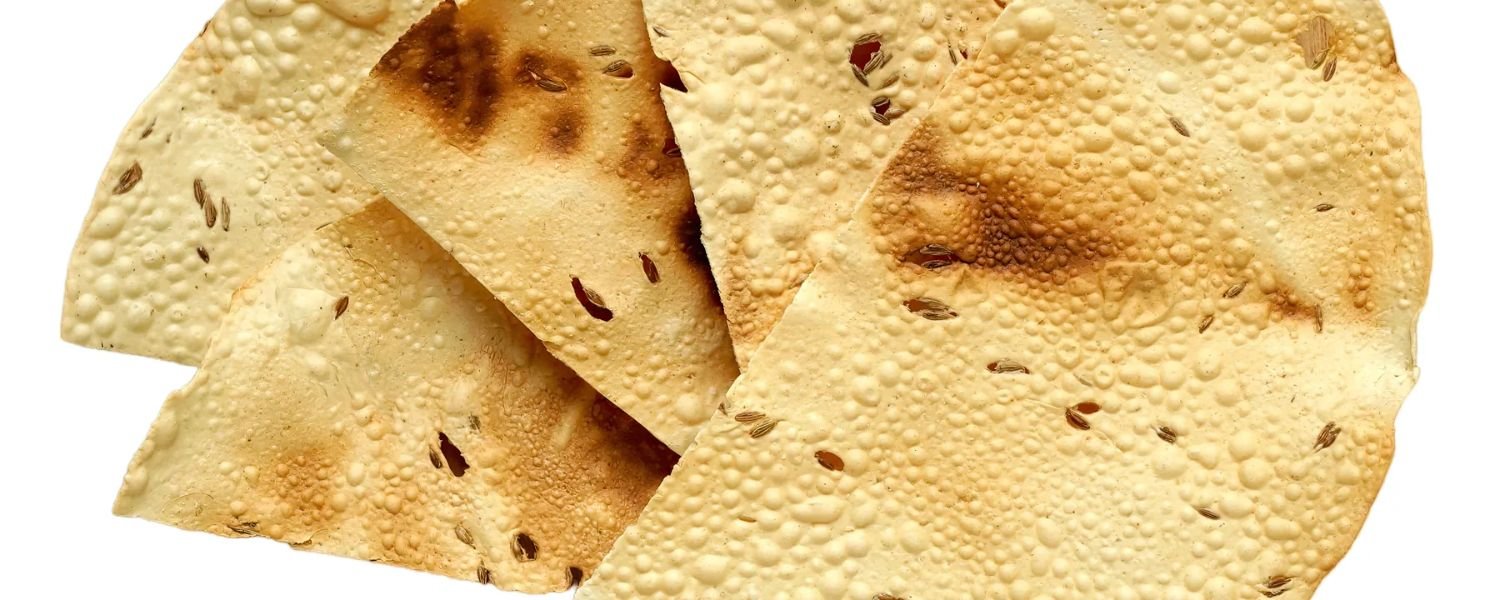
Serve crispy papad or fritters (pakoras) on the side for a crunchy contrast to the soft texture of the sabji.
These savory snacks add texture and depth to the meal, making it more enjoyable and satisfying.
Ready to discover more about the Monuments in Arunachal Pradesh and their fascinating culinary traditions? Don’t miss out! Read our blog for an in-depth exploration of these hidden gems.
Health Benefits
Chura Sabji offers a range of health benefits thanks to its nutritious ingredients and cooking methods. This traditional dish offers several health benefits.
1. Nutrient-Rich Ingredients

Chura Sabji is a yummy dish from many fresh veggies like potatoes, peas, carrots, and leafy greens.
These veggies contain important vitamins, minerals, and fiber that keep us healthy.
They help our digestion, boost our immune system, and keep our hearts healthy, too.
2. Low in Calories

As a primarily plant-based dish, Chura Sabji is relatively low in calories, making it a suitable option for individuals looking to manage their weight or reduce calorie intake.
You can have a filling meal by including many different vegetables and watching how much you eat without taking in too many calories.
3. High Fiber Content

Flattened rice (chura) used in Chura Sabji is a good source of dietary fiber, which helps promote digestive health and regulate bowel movements.
Fiber also contributes to a feeling of fullness, aiding weight management and preventing overeating.
4. Rich in Antioxidants
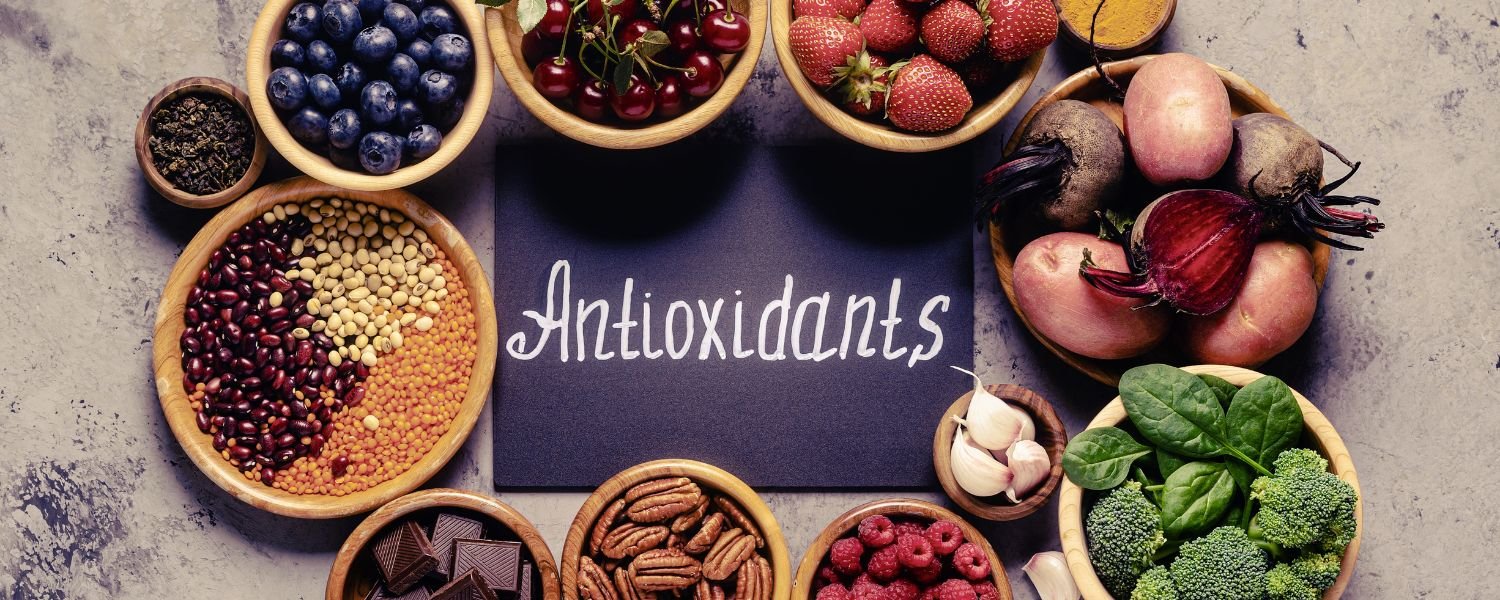
Lots of the veggies in Chura Sabji have antioxidants.
These are good because they protect your body from harm caused by pollution and lower the chances of getting serious illnesses like cancer, heart problems, and diabetes.
Antioxidants also have anti-inflammatory properties, supporting overall health and longevity.
5. Low in Unhealthy Fats

Chura Sabji is typically cooked with minimal oil, and healthier cooking oils like mustard are commonly used.
This reduces the dish’s bad fats and cholesterol, which keeps your heart healthy and lowers the chance of heart problems.
6. Balanced Macronutrients
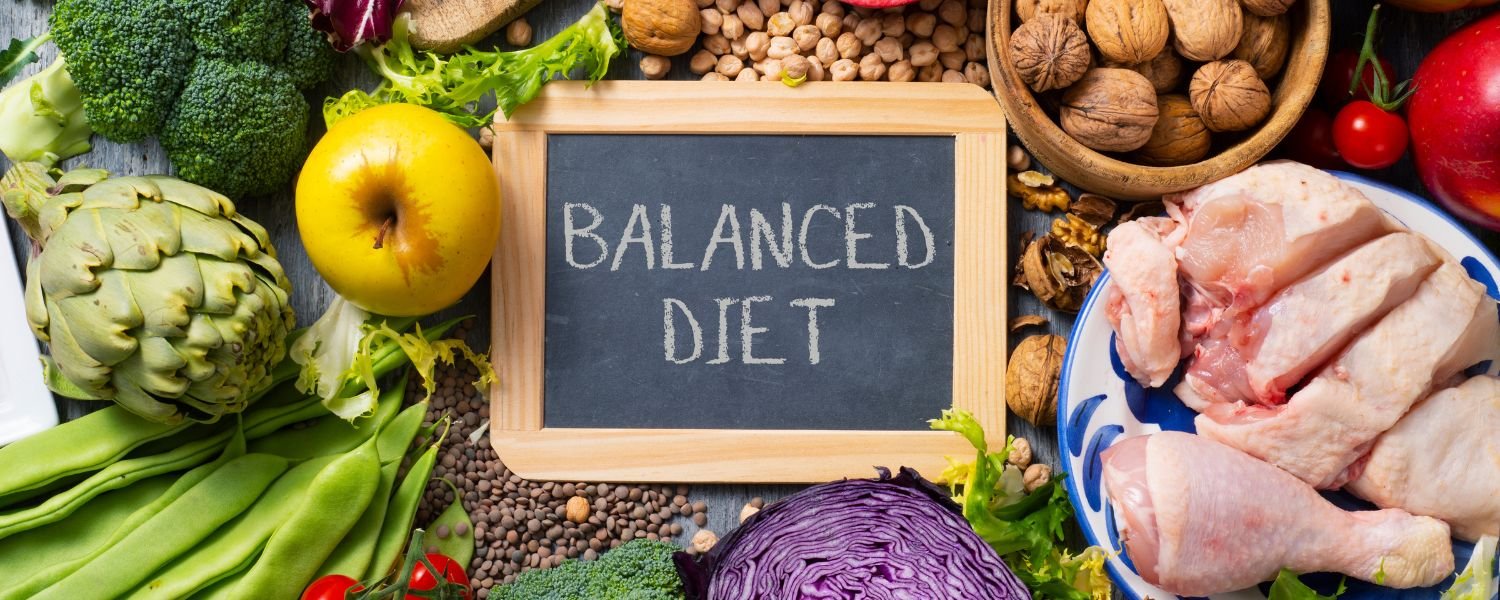
Chura Sabji balances carbohydrates, proteins, and fats, making it a well-rounded meal option.
Mixing flattened rice with veggies gives you a steady supply of energy, which helps you feel full and energized all day.
7. Versatile and Customizable
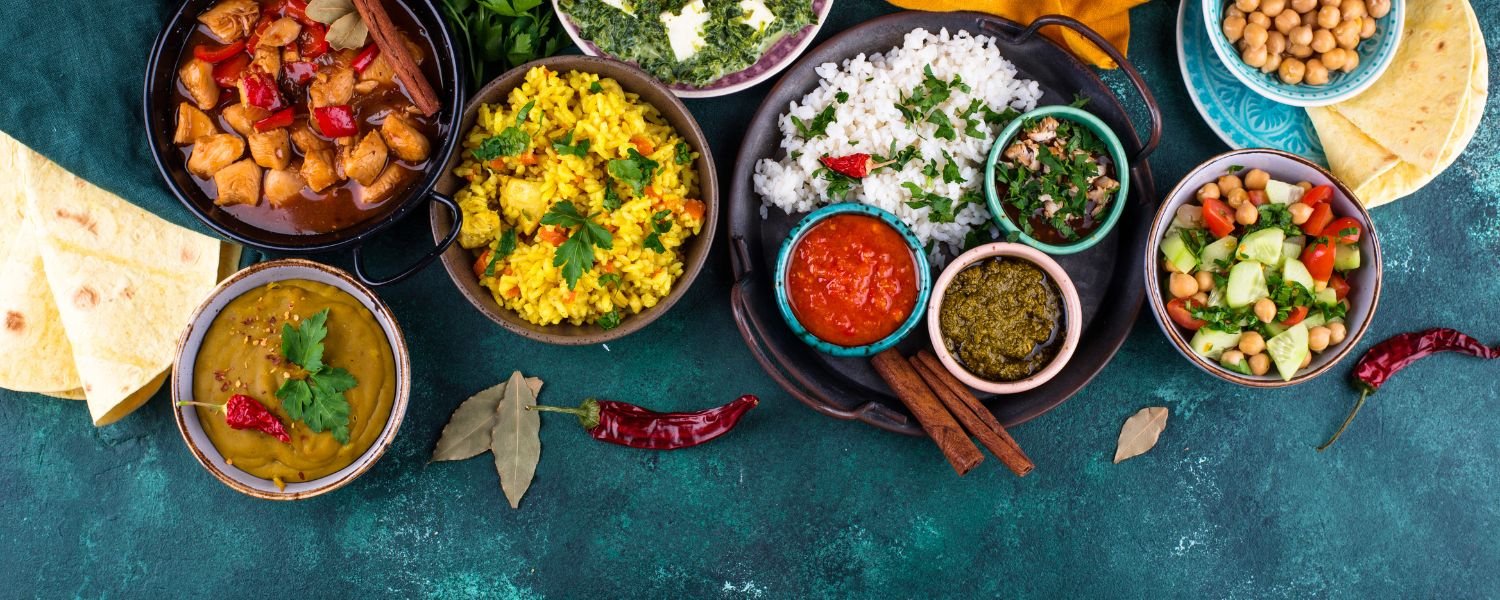
Chura Sabji can be customized to suit individual dietary preferences and nutritional needs.
So, You can change what you use to cook and how you cook to fit different diets, such as vegan.
Vegetarian, gluten-free, or low-carb, and still have a tasty and healthy meal.
Folklore or Legends Associated
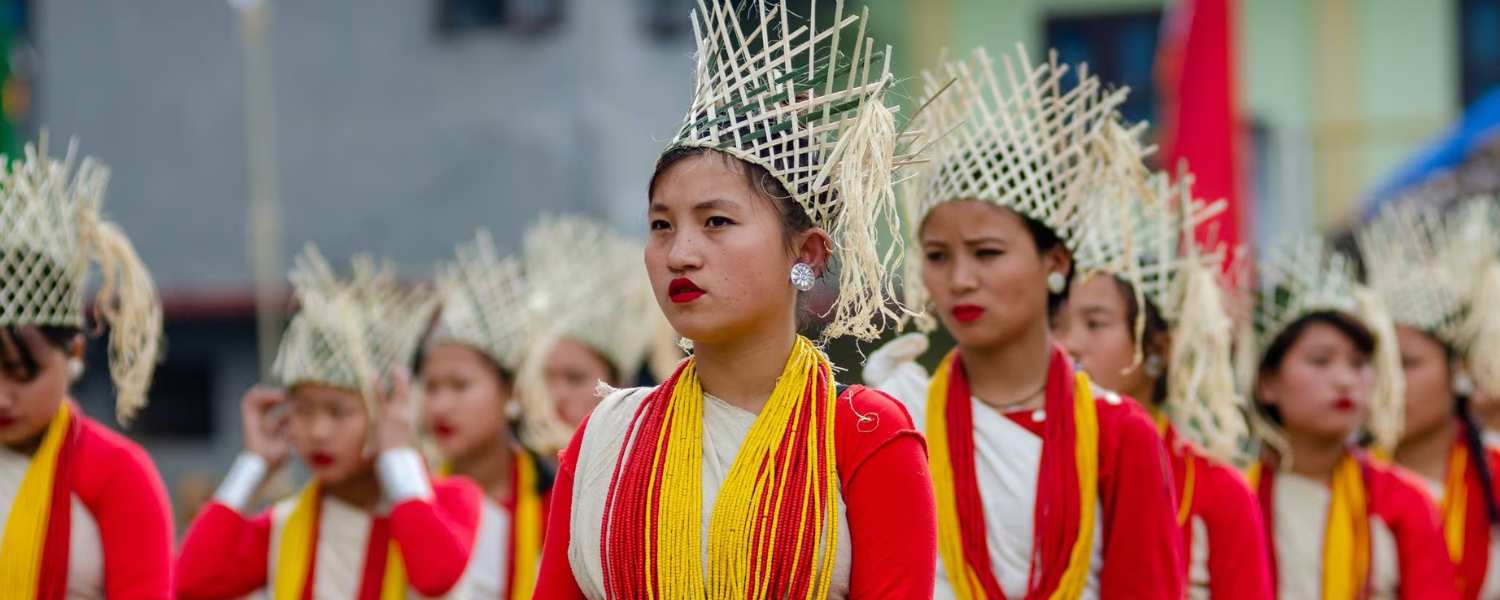
There are no specific folklore or legends associated with Chura Sabji.
The cultural heritage of Arunachal Pradesh deeply roots it, and people often prepare it with love and care.
Passing down traditional recipes from one generation to the next.
Modern Adaptations and Fusion Variations

Lately, chefs have been trying new things with Chura Sabji, using different ingredients and flavors to make the dish in new and special ways.
Fusion variations, incorporating elements from other cuisines, have also gained popularity, adding a contemporary twist to this traditional dish.
Conclusion
Chura Sabji is a tasty dish from Arunachal Pradesh that shows off the area’s rich culture and delicious flavors. It’s simple, yummy, and full of healthy ingredients. If you want to try the different foods of northeastern India, this dish is a must.
You can also visit waterfalls in Arunachal Pradesh.
